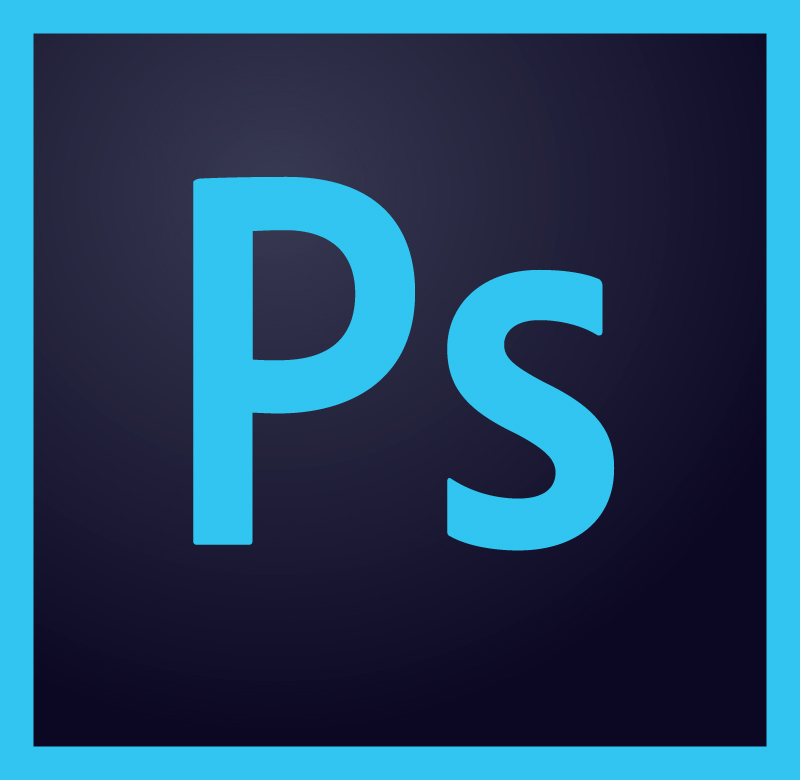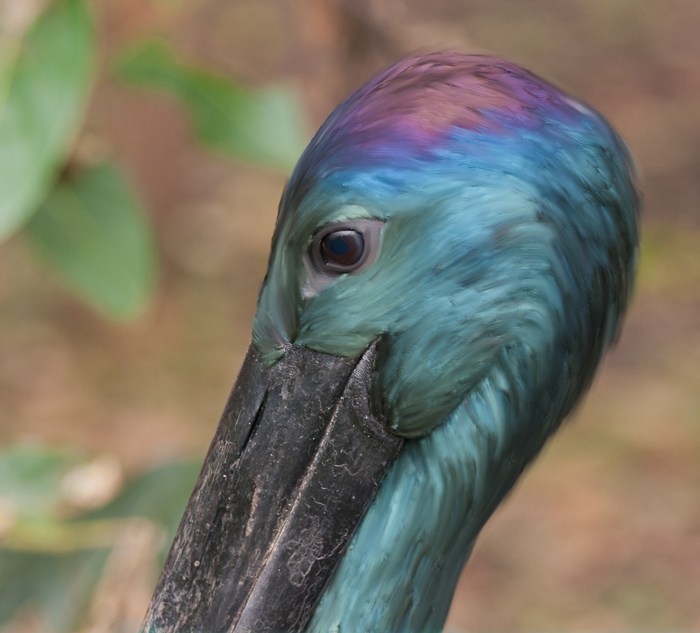
Chapter 10: Painting with the Mixer Brush
The Mixer Brush is unlike other brushes in that it lets you mix colors with each other. You should understand how bristle tips work, and how they differ from the traditional brush tips in Photoshop. You should understand how settings affect the Mixer Brush tool—especially how much color it picks up from the page as you paint with it.
Goals for this Lesson
- Customize brush settings.
- Clean the brush.
- Mix colors.
- Create a custom brush preset.
- Use wet and dry brushes to blend color.
Exercise
Objective
In this project, you will create a painting from an image. You will use the mixer brush to make the photographic image look like a painting rather than a photograph.
- Use the mixer brush
- Change brush settings
- Apply color
Grading (5 Points)
- You met the minimum requirements of the project assignment, as outlined in the instructions and submission requirements.
- You used a variety of options to create a realistic painting.
- The mixer brush was used successfully
- Brushes were used effectively
- Did you save the file appropriately?
- Is the exercise submitted on time?
Instructions
- Download the file here.
- Duplicate the background layer. The duplicated layer is the layer you will work on.
- Select the Mixer Brush Tool.
- On the top toolbar, you can make adjustments to the settings. Set them up as follows (as a starting point):
- The drop-down box set to Custom.
- Wet: 100%.
- Load: 1% (this sets the paint color load on the brush to a minimal setting).
- Mix: 100% (this uses the color from the original file – Load and Mix work opposite each other that way).
- Flow: 50% (medium pressure on the brush).
- Airbrush set to OFF.
- Select a brush and begin to paint (You just have to paint the bird not the background) – Consider the Tips Below:
- Start with the dark areas of the image first.
- Use the textures in the image to help direct the flow of the brush strokes.
- The paint is very wet and colors will mix and blend readily which can be used to your advantage where colors change in the image. It can be a bit tricky to get the hang of at first.
- Adjust your Flow value to get harder or softer strokes.
- Adjust the brush size to suit the areas you are working in, fine detail needs a smaller brush, and larger areas may support bigger brush strokes (a bigger brush covers more area quicker which is an added bonus)
- Play with the settings until you get them the way you want them.
- When finished painting the bird, save your work with the layers still in tact.
- Submit the file in the network drive in a folder named Chapter10Ex1_(YourInitials).
Example (This just has the feathers done)
Review
The ________ allows you to mix colors with each other.
mixer brush
What is he name of the panel that you use to manage brush presets?
brushes panel

